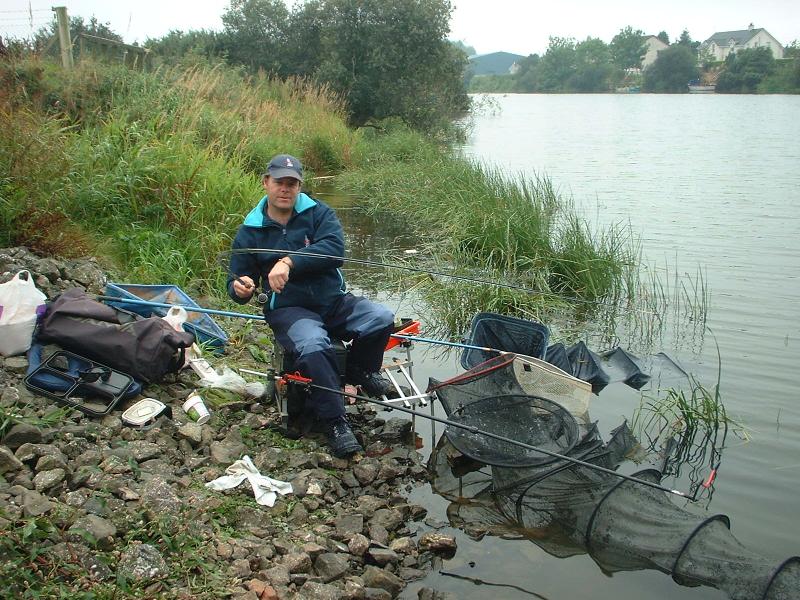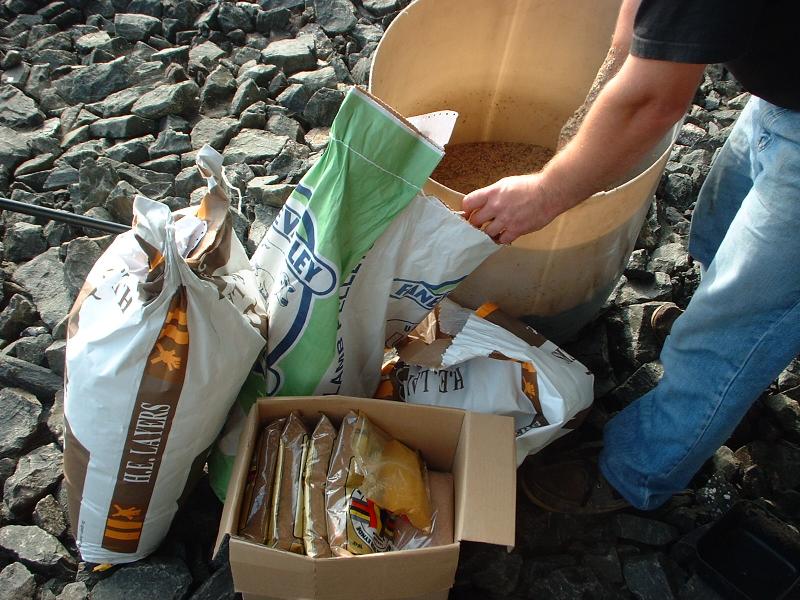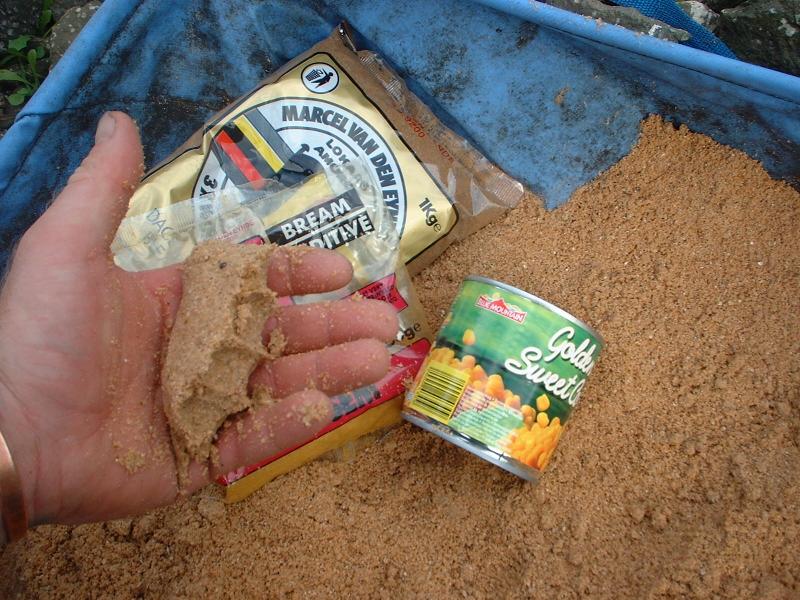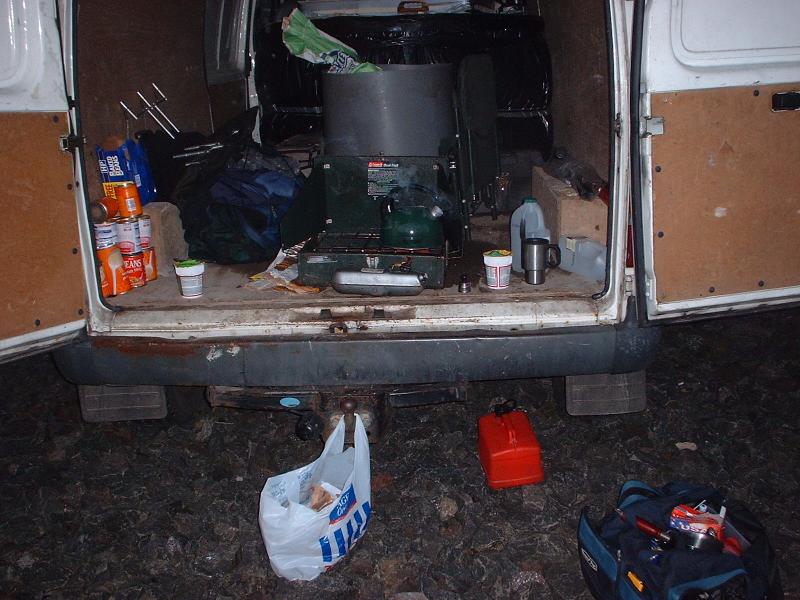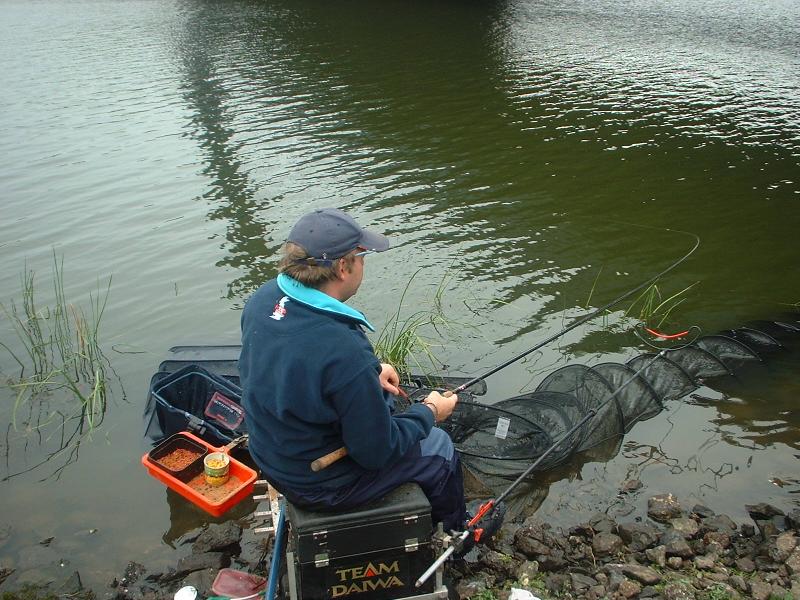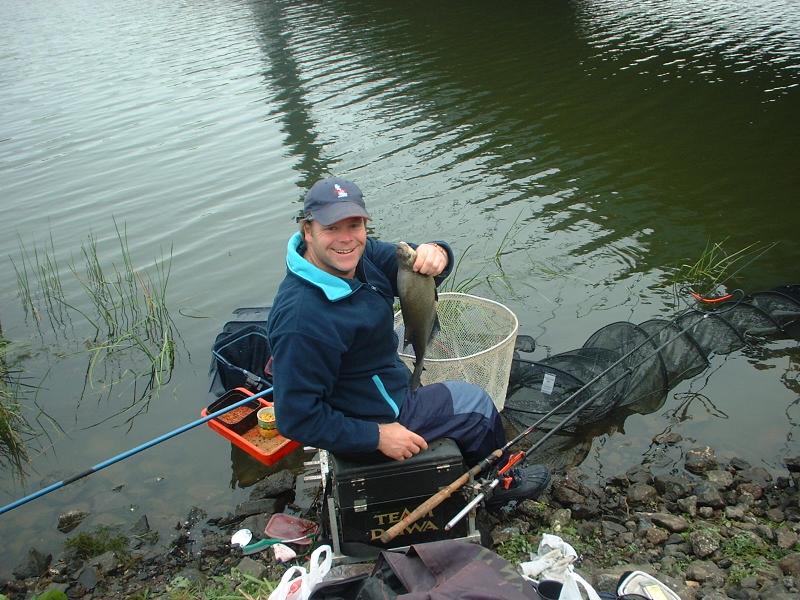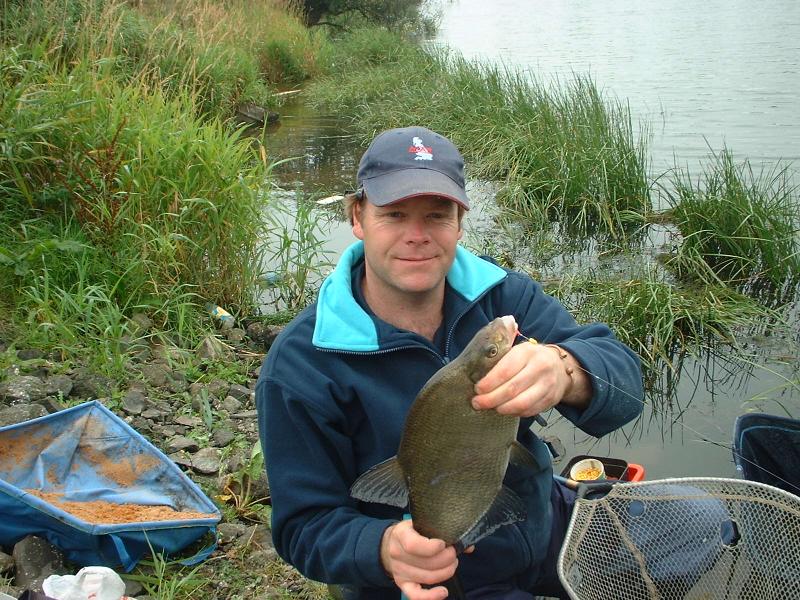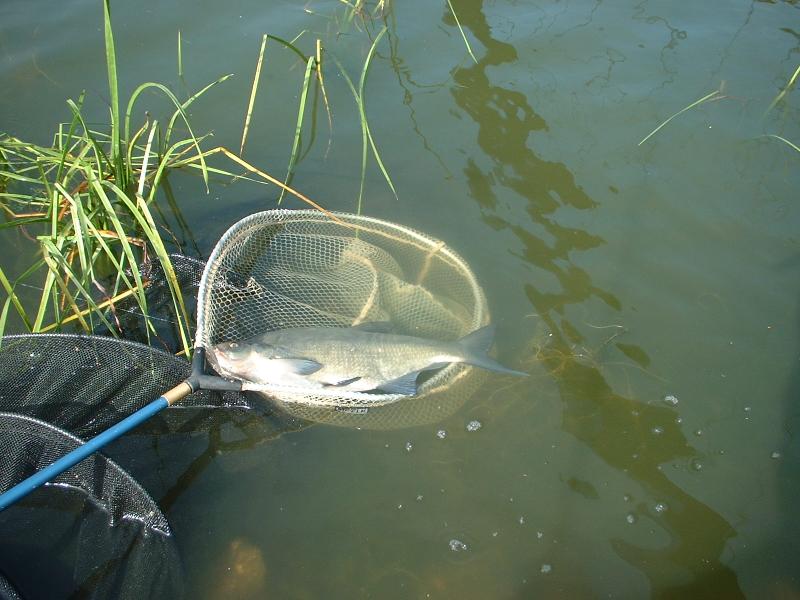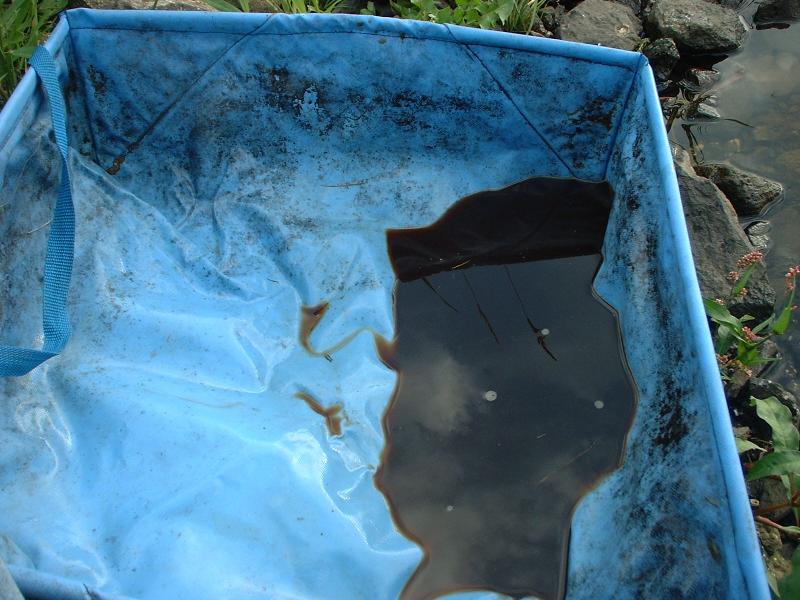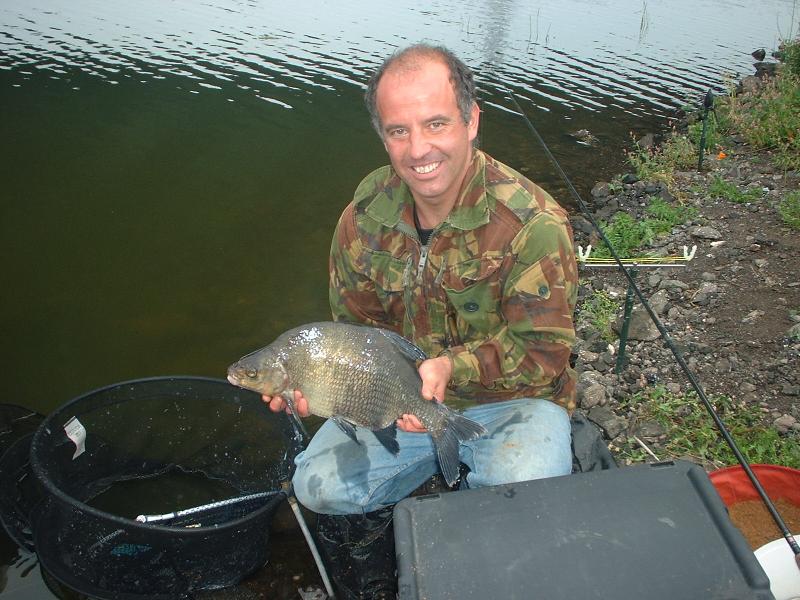Lower Bann Bream Bash
Lower Bann Bream Bash
It never ceases to amaze me, how a random series of events can lead to a fantastic days angling, a day when all the planning and thought over many evenings seems to slot together like a jigsaw.
Whether this rises from knowledge and experience or pure luck is difficult to say, but I strongly suspect that it requires a hefty helping of both in order to gel into that perfect day. I would like to recount such a day, which I had the fortune to experience recently on the Lower Bann, in pursuit of specimen bream.
The event began last year, back in January, when carp angler, Mark McGivern invited myself on a trip to Cork in search of winter Carp. His knowledge and experience of this venue led to an excellent session, resulting in twenty five Common Carp on the bank, a session that put me in his debt, from an angling point of view, and one that I fully intended to pay back. I had already decided that a day targeting Bream would be ideal, but choosing a venue that contained healthy numbers of fish on a day when we were both free was proving to be more of a problem. It then occurred to me, whilst scanning through previous diaries, that there is an interesting mark on the Lower Bann that has intrigued me over the last four seasons. Many times in the past, while heading for some early morning piking in my own boat, I had noticed very few markings on the sounder, but at night however, on the return journey, the river simply came alive with fish.
The obvious question was exactly which fish were causing my sounder to “explode” with markings. Logically, the large shoals could really only be Roach, Bream or Hybrids, and an educated guess would fall in favour of Bream. Armed with this information, I decided on the venue and pencilled in a date to suit an overnight angling session. The day arrived, and after picking Mark up at his house, we pulled up at the riverside by late afternoon, and reasonably close to the area where I had witnessed the fish activity over the past few seasons. The plan was to attack the river with an outrageous amount of pre-baiting, with the knowledge that generally, these shoals seem to move away during daylight hours, but return towards the evening. Surely, if we introduced enough bait, the fish would move onto it through the night, and settle into to a feeding regime.
Over forty kilos of pre-baiting!
Throwing large amounts of quality breadcrumb into a swim can be an expensive pastime, especially in quantities that we planned to use on this occasion, but there is a far cheaper alternative that works just as well, if not better. Layers mash is a heavy, corn-based mix available in most well stocked farm feed suppliers and makes an excellent crumb substitute. Okay, it would not be suitable for the finesse required in match angling, but perfect for anglers prepared to sit and wait. It also binds together in an instant, which is ideal as a medium to carry bulky particle baits such as pellets or sweet corn. At a quarter of the price of crumb, it also suits the angler working on a tight budget.
Finer crumb and continental mix for the feeder
While I tackled up, Mark proceeded to mix an entire twenty five kilo sack of layers mash, then added a further twelve kilos of lamb pellets. These are similar to trout pellets used on occasion by Carp and Tench anglers, but have a very high content of molasses, a well-known bream attractor. Some ordinary breadcrumb and two kilos of frozen sweet corn concluded the mix totalling over forty-five kilos of feed!
To many anglers, including myself, this seemed way over the top, but I remembered reading an old article by Fred.J. Taylor who recommended a full dustbin of mashed bread and boiled potatoes to prebait a swim for a single tench session, and this came from a man with more angling knowledge than I could ever hope to attain.
With the mix eventually ready, we had an embarrassing moment when we realised it was too heavy to lift to the peg, so the barrel had to be floated downstream and dragged up the bank. Mark began rolling the feed into orange size balls, and as he did so, I catapulted them two thirds of the way across the river towards the far side, under-water ledge. I prefer to fish at distance, and right or wrong, this is my reasoning. I like to keep a Bream shoal away from any nearside bank disturbance, but it also allows me to easily take Bream from the edge of the shoal, rather than pulling fish through the middle of it. An important fact to remember is that a hooked and lost fish can “spook” and scatter the shoal, which may take some time to return and settle, if at all. The risk is a great deal less if the fish are taken from the outside edge of the shoal.
I can honestly say that I have never put in so much feed in my coarse angling life, and forty-five kilos amounted to almost five hundred orange sized balls. We actually stopped halfway through for a rest and made a cuppa on the stove! Towards the end, even my trusty ground-bait catapult parted company, and the remaining feed was put in by hand. By six o’clock in the evening, the bombardment had ceased and the swim began to settle. I went through the motions with the quiver tip rod, casting over the carpet of feed, using a more refined continental mix in the feeder, laced with sweet corn and casters. Out of interest, Mark decided on using light carp rods and bite alarms, with method feeder tactics in a bid to see how a carp angling approach would compare to normal quiver-tip methods, however, we both agreed that with the pre-baiting onslaught the river had just received, it would be the following morning before we could expect a bite. With this in mind, we set about erecting the bivvies and bed chairs etc and put the kettle on for the carp anglers staple diet, a couple of chicken and mushroom pot noodles!
My kitchen, for this session
By eight-thirty pm, the canteen had been packed away, and as we prepared to “crash out” into our bivvies, with a thermos mug each of red wine (purely medicinal of course), one of Marks alarms sounded off for a second, then again, and he lifted into a decent fish. I slipped the landing net under a Bream of five pounds, and within ten minutes, he was into another on the second rod. With his big cheesy grin, I knew he was thinking that the "carpers" were about to give the" specimen hunters" an angling lesson, so the gauntlet had been threw down, and I jumped onto my tackle box and settled in, hopefully for a Bream bite. To be honest, I was delighted that Mark had caught, but surprised at how soon the Bream had moved onto the feed.
I did not have to wait long before I landed my first fish, followed by another as they queued up to be caught. It became evident quite quickly that a huge shoal had moved in, as awkward line bites really became a nuisance. “Liners” can be extremely frustrating, as they are difficult to distinguish from true bite indication, but I soon realised that the small, gentle bites were more likely to be the real thing, as opposed to the long, sweeping pulls that often resulted in a missed fish.
My first bite of the evening
Unfortunately, these line bites were almost impossible to differentiate on carp gear and bite alarms, and the method feeder failed to produce any more fish. Mark retired to his bivvy for the night but, fuelled with adrenaline, I fished on as the Bream refused to slow down.
At three in the morning, and beaten by fatigue, I had to stop, although the Bream were still feeding well. I set the rod up the bank and climbed into my bivvy for a much-needed sleep, only to be awakened four hours later. Peering out of my sleeping bag, I could see Mark sitting on my tackle box after having just netted a Bream, and with smile, informed me that he had already landed a dozen before that. He agreed that the sensitivity of the quiver tip rod made it possible to easily out-fish the carp rods and alarms. These fish had stayed on the feed all night and I could only imagine the number of fish that may have been taken, if I had the stamina to have persevered.
Unfortunately for Mark, work commitments were such that he had to leave for most of the day, but I resumed where I had left off earlier. Both keep nets were bulging with fish and rather than cause any potential harm, I decided to release the catch. There were sixty-two Bream averaging between three and a half pounds and six pounds, that put the weight at over two hundred pounds for an evening session. Releasing fish back into a swim would normally have an adverse effect, but the remaining shoal was totally un-affected. When Mark returned in the afternoon, he was just in time to take a photograph of Bream number one hundred. A milestone for me, as it beat my previous best five years ago, of eighty-five Bream for four hundred pounds.
Bream number one hundred!
I carried on until five o’clock in the afternoon when the bites finally began to ease. Just as well, because my stamina, will power and my right elbow had just about given up. By this stage, I had filled another two keep nets, and was on a third one that I had pinched from Mark in his absence. We were both astounded at the sheer volume of fish that had responded to the feed, and realised exactly what can be achieved, on occasion, with a positive approach. With all the fish safely returned to the water, a quick tally up showed that one rod took one hundred and forty seven Bream, including a few specimen Hybrids, four Roach and one Perch. A couple of Bream were below three pounds in weight, and many beat the six pounds mark but the rest averaged three and a half pounds. Simple maths puts this figure over the five hundred pounds barrier, and a new personal best. It was a superb experience, but one that I would not fancy doing every day, and to be honest, I would have traded them all in for a couple of eight pounders, which goes to show that sometimes, there is just no pleasing a specimen hunter!
I always thought of the Lower Bann as a tired old river, worth fishing, but long past its best. Tactics fell into place on this occasion, and the Bann gave me a glimpse of its glory days back in the nineteen eighties, when scores of anglers regularly travelled from the mainland to experience huge catches of Irish Bream. Those days are few and far between now, but the river had showed me that there is life in the old girl yet.




